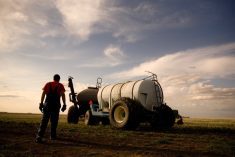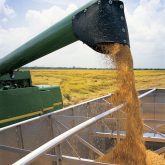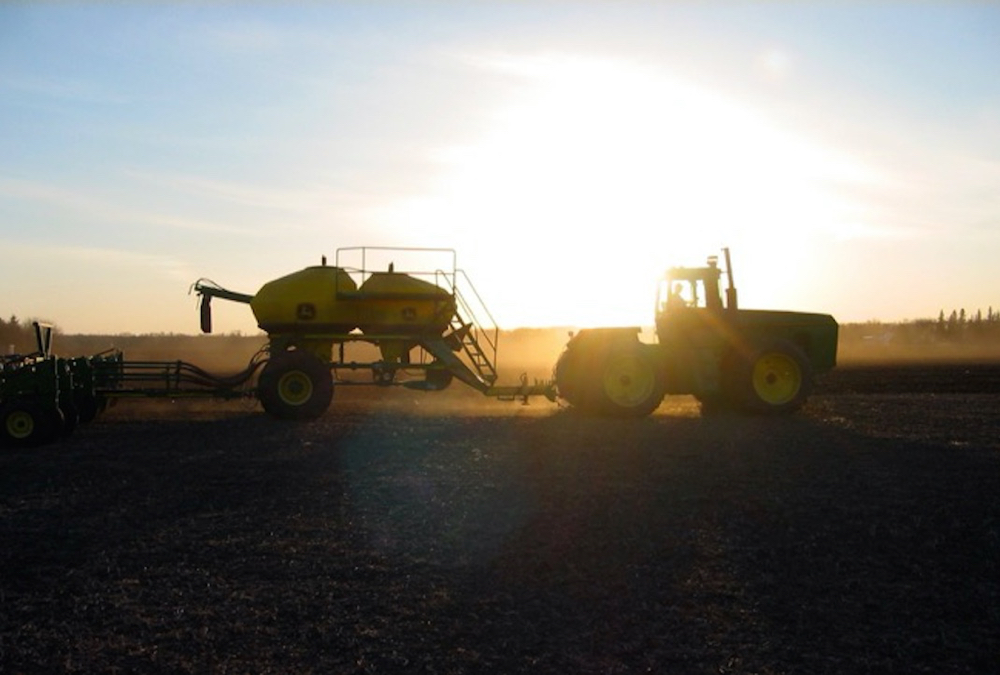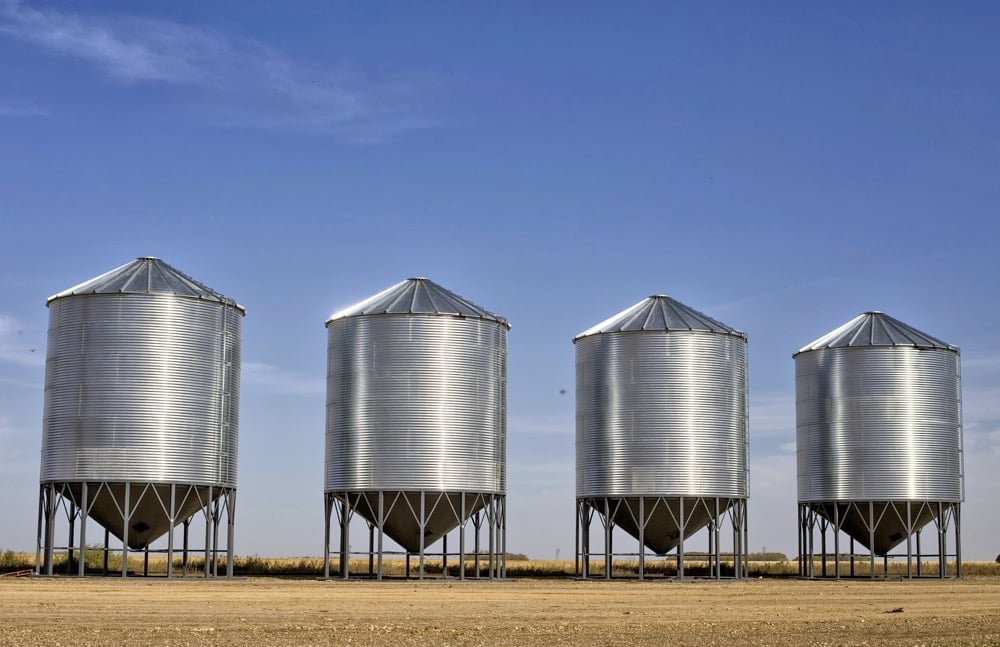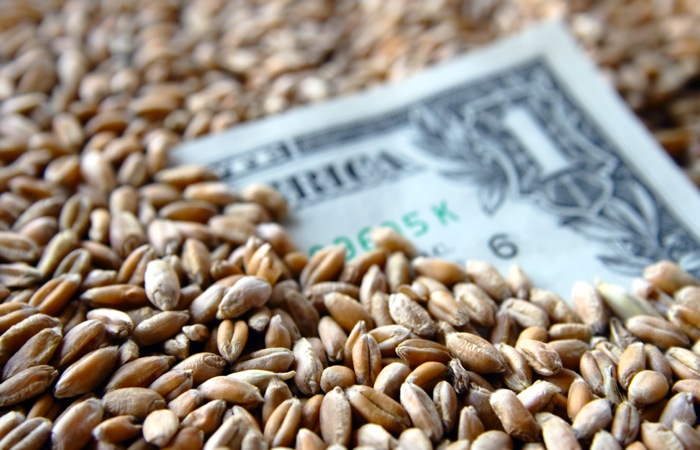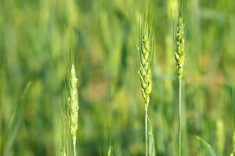Farmers can expect tighter margins for the foreseeable future, says Manitoba Agriculture farm management specialist Darren Bond.
“This is not 2022 or even the early parts of 2023; this is a return to historic-type margins,” said Bond. “I think that profit is still attainable for this upcoming year but we’re going to have to work a lot harder for it.”
Speaking at the Brokenhead River Agricultural Conference in Beausejour Feb. 5, Bond compared commodity prices from December 2023 to current prices, and there were significant reductions across the board on already depressed values.
Read Also
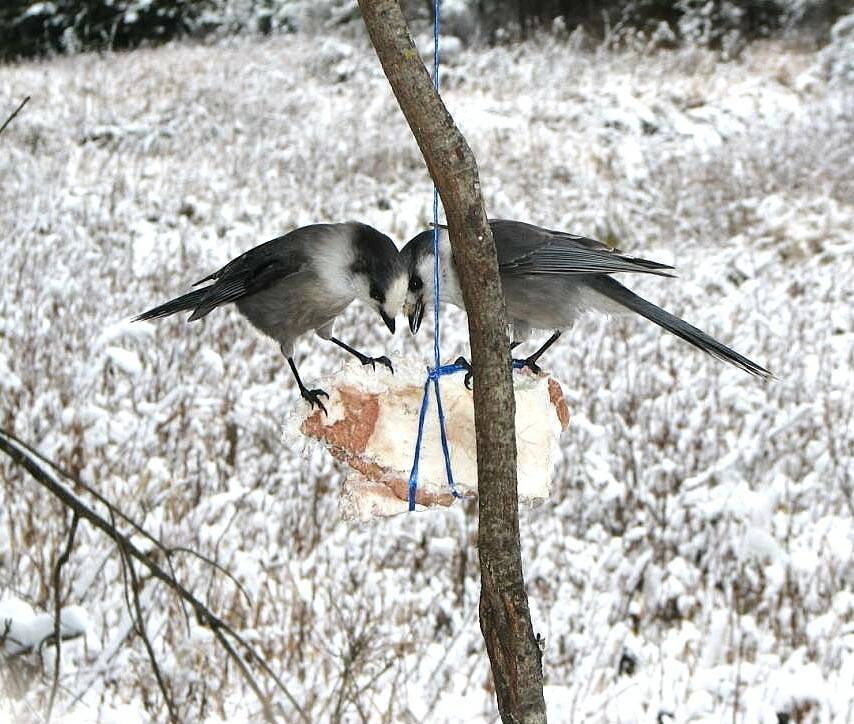
Hunting with whiskey jacks
Canada jays, or whiskey jacks, are bold little deer hunting pals that don’t mind getting close, if it means a piece of the offal or deer fat left over from a successful forest hunt in Manitoba.
“Canola seems to be a dog lately. The analogy of marketing canola in this type of environment is like catching a falling knife. Do you grab it or wait for it to hit the floor? But how far away is that floor? That’s the challenge.”
Why it matters: Close attention to the bottom line is needed in an economic climate that features high production costs and low commodity prices.
Oats were the one outlier in the bunch. While they decreased in value, they weren’t beaten up as badly as some other crops.
The cost of production also remains at historic highs.
“This is not going to surprise anyone, but last year was the most expensive crop that we ever put in,” said Bond, and the upcoming year looks to be a close second.
Bond said older farmers may remember the days of managing tight margins, but production costs this high are something new, and that means more risk.
He shared a list of the top eight crops in terms of profitability. With current commodity prices, along with Manitoba Agriculture’s $200 per acre estimate of fixed costs (machinery and land payments), there is little to no profit to be made on any crop.
The worst was barley, at a net loss of $191.21 per acre. The best was oats, with a net loss of $2.49 per acre. However, Bond pointed out that these numbers don’t necessarily reflect reality on every farm.
For instance, the profitability of corn (a net loss of $150 per acre) is based on 135 bushels per acre.
“Those of us that are in corn country may look at that and say that’s crop failure,” said Bond. “160 to 180 bushels per acre might be a better number, and if you put those numbers in there, obviously corn doesn’t look as bad.”
On the other side of the equation, the $200 fixed costs that Manitoba Agriculture estimates could vary based on the farm’s debt and equity. Bond said a simple way to calculate a farm’s fixed costs is to add up payments for equipment and land and divide them by the number of acres.
Using that calculation, Bond found that, on his farm, canola was break-even and oats looked to provide a $100 net profit per acre.
Deciding where to shed or pick up acres should be fairly simple, he added.
“One of the easiest ways to improve profitability on the farm is to focus on crops that give you the best return. It might upset the environmentalists, who say you have to have an eight- or 10-crop rotation. But if you just grow your top four profitable crops and dump the rest, that is one heck of a good way to increase profitability on the farm.”
In this high-risk environment, Bond said one silver lining is that crop insurance rates benefit the farmer.
“One of our biggest risk management tools on grain farms is obviously agri-insurance,” said Bond. “The good news is that for everything except oats, we have insured dollars that are higher than the current market price.”
Another silver lining is that fertilizer prices have come down, but Bond warned against getting too excited about that.
“Looking at the last quarter 2022, we saw some pretty decent grain prices and some pretty high fertilizer prices,” he said. “But look at 2023 to 2024: commodity prices, for the most part, are down a quarter, and nitrogen prices went down by about a third.”
That’s only half of the equation. Using those numbers, the gross revenue loss from the reduction in commodity prices amounted to about a $150 decrease per acre, while savings on fertilizer costs are about $50 per acre.
“Fertilizer is still expensive,” said Bond. “But the last thing that we should be doing is cutting inputs. It’s about protecting our yields.”
To manage these decisions, it’s helpful to revisit the 4R principles of fertilizer application.
“I love the environmentalists and sustainability folks, but for me, it’s all about the money,” said Bond.
In terms of the bottom line, source is the least impactful of the 4Rs, but there are good opportunities to improve profitability with the other Rs.
In terms of timing, Bond said there is a $15–$25 per acre saving that can be realized by choosing spring application instead of fall.
“Generally speaking, we are 20 per cent more efficient with a spring application versus a fall application.”
In terms of placement, there will be less fertilizer lost to volatilization when a farmer chooses a banded application over broadcasting. But, again, when looking at the bottom line, extra equipment costs for banding might change that equation.
Nevertheless, Bond said grain farmers could see another $35 to $40 per acre, based on 120 pounds of nitrogen, by moving from broadcast to banding, and even more when it comes to phosphorus and potash.
Correct rate will make the biggest difference, he said.
“It’s about protecting our production. Under-fertilizing is going to cost you.”
Taking canola based on $15 per bushel, Bond estimates that $40–$70 could be left on the field if insufficient fertilizer is applied.
“We’re in a tight margin situation and just can’t afford for that to happen. We need to protect that yield.”
Last year, Manitoba Agriculture launched its Fertilizer Efficiency Calculator, which Bond said can be useful when making these decisions.
“Any investments that we make in equipment, land, what we put on our crops, what we put in our soil, whatever the case may be, need to provide a positive return. If they don’t, you need to question why you are doing it.”




